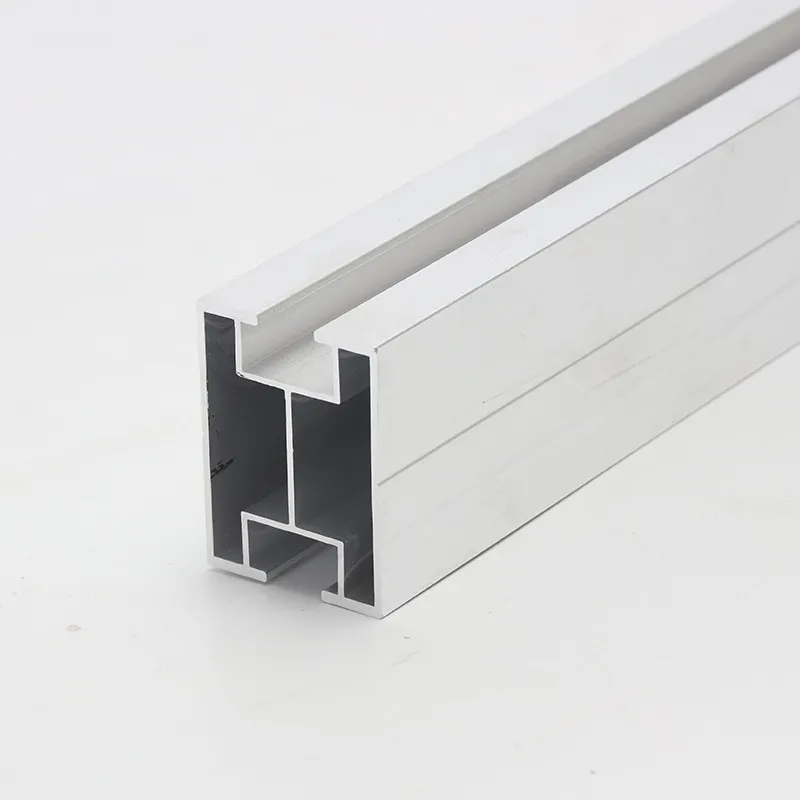

stud bolt price
Aug . 31, 2024 10:36 Back to list
stud bolt price
Understanding Stud Bolt Prices Factors and Insights
Stud bolts are essential fasteners in a wide range of industrial applications, including oil and gas, construction, and manufacturing. As critical components for ensuring structural integrity, the pricing of stud bolts is influenced by various factors that industries must consider when budgeting for projects.
Material Composition
The primary factor affecting stud bolt prices is the material from which they are made. Common materials include stainless steel, carbon steel, and alloy steel, each with its own price point. Stainless steel, known for its corrosion resistance, typically costs more than carbon steel, which is favored for its strength and durability. The choice of material often depends on the environmental conditions where the bolts will be used — warmer climates might warrant the additional cost of stainless steel to prevent rust and degradation over time.
Size and Specifications
Stud bolts come in various sizes and specifications, ranging from diameter to length, which directly influences their price. Larger or specialty bolts, such as those requiring custom lengths or specific threading, typically cost more due to additional manufacturing processes and material waste. Industries required to meet stringent specifications, such as those in aerospace or automotive, must also prepare for potentially higher costs associated with compliance to standard regulations.
Market Demand and Supply
stud bolt price

The dynamics of supply and demand significantly impact stud bolt pricing. When industries experience a surge in construction or manufacturing demand, the price of raw materials and, consequently, stud bolts can increase. Conversely, during economic downturns, excess supply can cause prices to drop. Observing market trends, including current projects, infrastructure development initiatives, and global economic indicators, can provide valuable insights into future pricing movements.
Production and Labor Costs
Manufacturing processes, including forging, machining, and surface treatment, have a direct effect on stud bolt prices. The cost of skilled labor and production facilities can add to the overall price of the bolts. Automation in production may reduce costs, but investments in technology can also lead to fluctuations in pricing, particularly for small manufacturers or new entrants in the market.
Geopolitical Factors
Global events, including trade agreements, tariffs, and geopolitical tensions, can affect stud bolt prices by altering the cost of imported materials or disrupting supply chains. For example, an increase in tariffs on steel can result in higher prices for manufacturers, which are then passed on to consumers. Additionally, natural disasters or political unrest in key manufacturing regions can cause shortages, contributing to price volatility.
Conclusion
Understanding the pricing of stud bolts involves a comprehensive analysis of various factors, including material composition, size, market dynamics, production costs, and geopolitical influences. For businesses relying on stud bolts, being aware of these elements can aid in making informed procurement decisions and help manage budgets effectively. As the industry continues to evolve, staying informed about changes in these factors will be crucial for maintaining operational efficiency and cost-effectiveness. By keeping an eye on market trends and anticipating price shifts, companies can better navigate the complexities of stud bolt procurement and ensure the success of their projects.
Latest news
-
Hot Dip Galvanized Bolts-About LongZe|High Strength, Corrosion Resistance
NewsJul.30,2025
-
High-Strength Hot Dip Galvanized Bolts - Hebei Longze | Corrosion Resistance, Customization
NewsJul.30,2025
-
Hot Dip Galvanized Bolts-Hebei Longze|Corrosion Resistance&High Strength
NewsJul.30,2025
-
High-Strength Hot-Dip Galvanized Bolts-Hebei Longze|Corrosion Resistance&High Strength
NewsJul.30,2025
-
Hot Dip Galvanized Bolts-Hebei Longze|Corrosion Resistance&High Strength
NewsJul.30,2025
-
Hot Dip Galvanized Bolts - Hebei Longze | Corrosion Resistance, High Strength
NewsJul.30,2025

